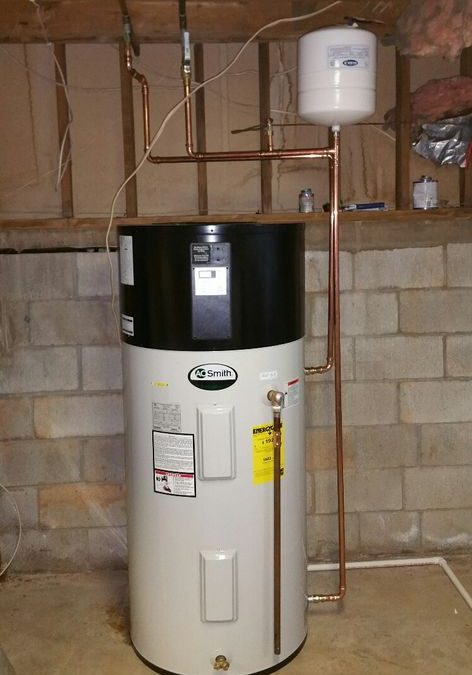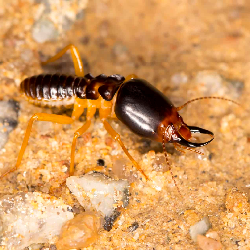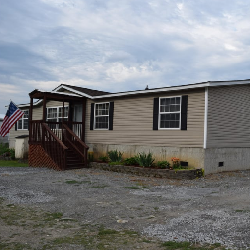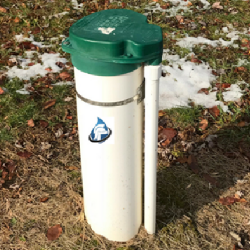When purchasing or selling a home, buyers/sellers want to be assured that their home and its major mechanicals – including a hot water heater – are in good working order. The life expectancy of a typical water heat is approximately 8-12 years. However, the life of a water heater varies with the location and design of the unit, quality of installation, water quality and maintenance schedule.
Regular Maintenance Extends Life of Water Heater
Today’s water heaters are manufactured to require little or no maintenance, however, checking a couple things annually could prolong the life of your water heater. Professionals recommend the following tips for maintaining a properly functioning hot water heater:
- Drain the tank once or twice a year to rid it of collected sediment that causes corrosion. This also increases efficiency.
- Test the pressure-relief valve by lifting the valve’s handle and letting it snap back. This should release a burst of water into the overflow drainpipe. If it doesn’t, install a new valve.
- Lower the temperature setting on the thermostat to 120 degrees Fahrenheit. This reduces damage to the tank caused by overheating and also prevents accidental scalding/burns.
While regular maintenance may help extend the life of your water heater, some repairs – such as replacing a pressure-relief valve or heating element – are relatively simple.
Common Deficiencies Home Inspectors Encounter
Top Flight Home Inspections LLC thoroughly inspects every home’s water heater to help protect all interested parties from unexpected and costly repairs. One of the biggest discrepancies we encounter on a routine basis is the lack of a required discharge pipe (also called a drain line) from the Temperature/Pressure-Relief (TPR) valve. TPR valves are safety devices installed on water heaters; they are designed to automatically release water in the event that pressure or temperature in the water tank exceeds safe levels. Approximately half of all homes inspected by Top Flight are missing the discharge pipe, which routes hot water released by the TPR to a proper discharge location. The discharge pipe connects to the TPR valve and runs down the length of the water heater tank. A properly-installed discharge pipe should not end more than six inches above the floor/drain. In addition, discharge pipes should be constructed of an approved material, such as CPVC, copper, polyethylene, galvanized steel, polypropylene, or stainless steel. (PVC and other non-approved plastics should not be used since they can easily melt.)
Another deficiency that Top Flight often sees is the lack of a drain pan underneath the water heater. This is particularly crucial if the water heater is located in or near a finished area. Properly installed drain pans divert water to a floor drain in the event of a malfunction. Without a drain pan, areas surrounding the tank will likely suffer significant water damage.
Top Flight Home Inspection also recommends having an expansion tank for your water heater, as it helps maintain a minimal pressure increase during heated water expansion. Expansion tanks, when properly located and sized, helps prevent plumbing fixtures and components from getting stressed, and can improve the longevity of your water heater.
Is It Time to Replace the Hot Water Heater?
If your water heater is more than 10 years old, leaks around the base of the tank, and/or works erratically or not at all, it’s probably time for replacement. A professional can tell how old it is based on model and serial number, but corrosion, dampness and a lack of hot water are all signs that a water heater is approaching the end of its life. However, before you begin the replacement process, make sure that an electrical problem, such as a blown fuse or tripped breaker, is not the reason for the unit’s failure.
**Remember, if you have a gas hot water heater, be sure to install a carbon monoxide detector nearby to protect occupants from accidental CO poisoning!


















